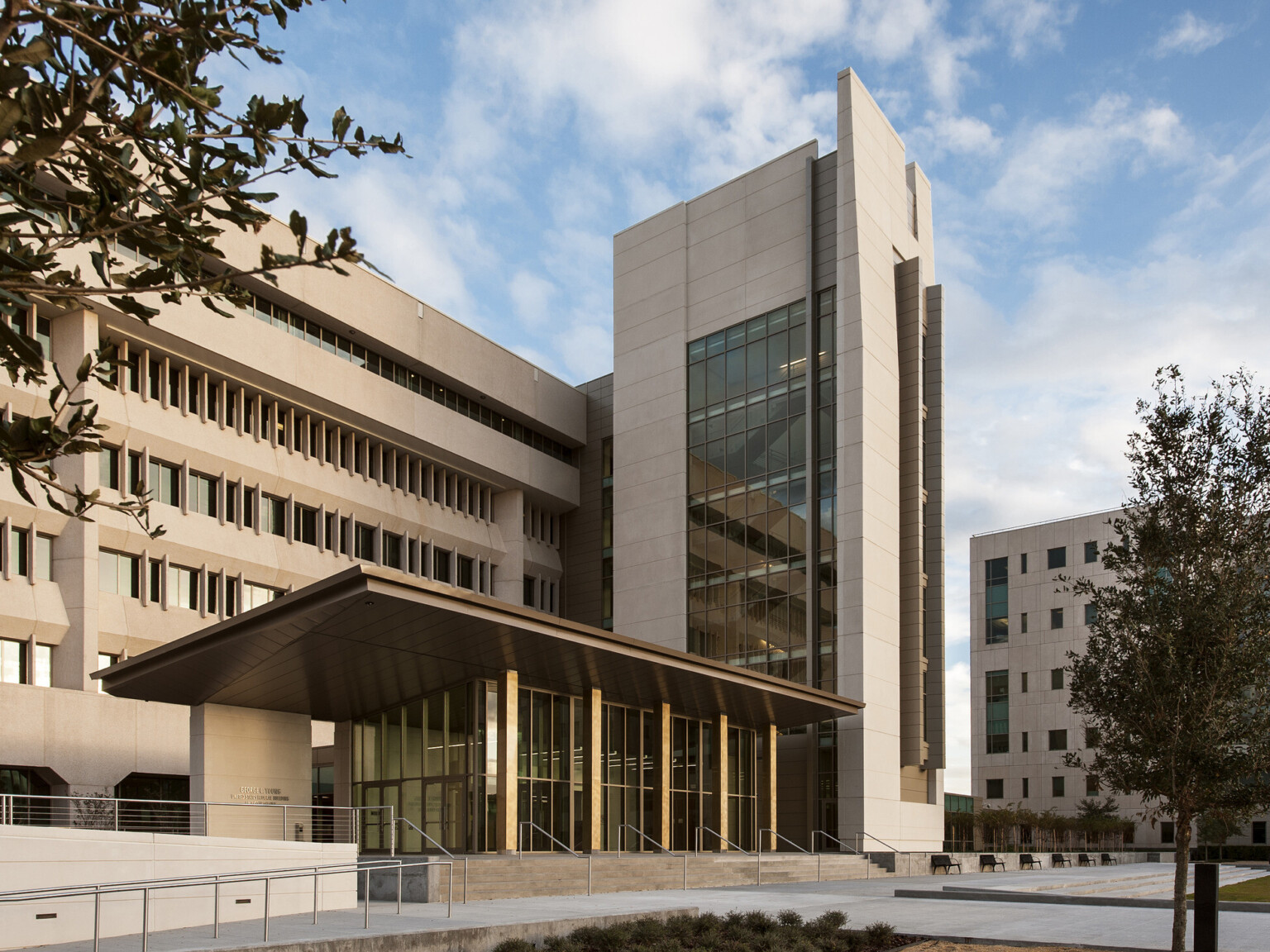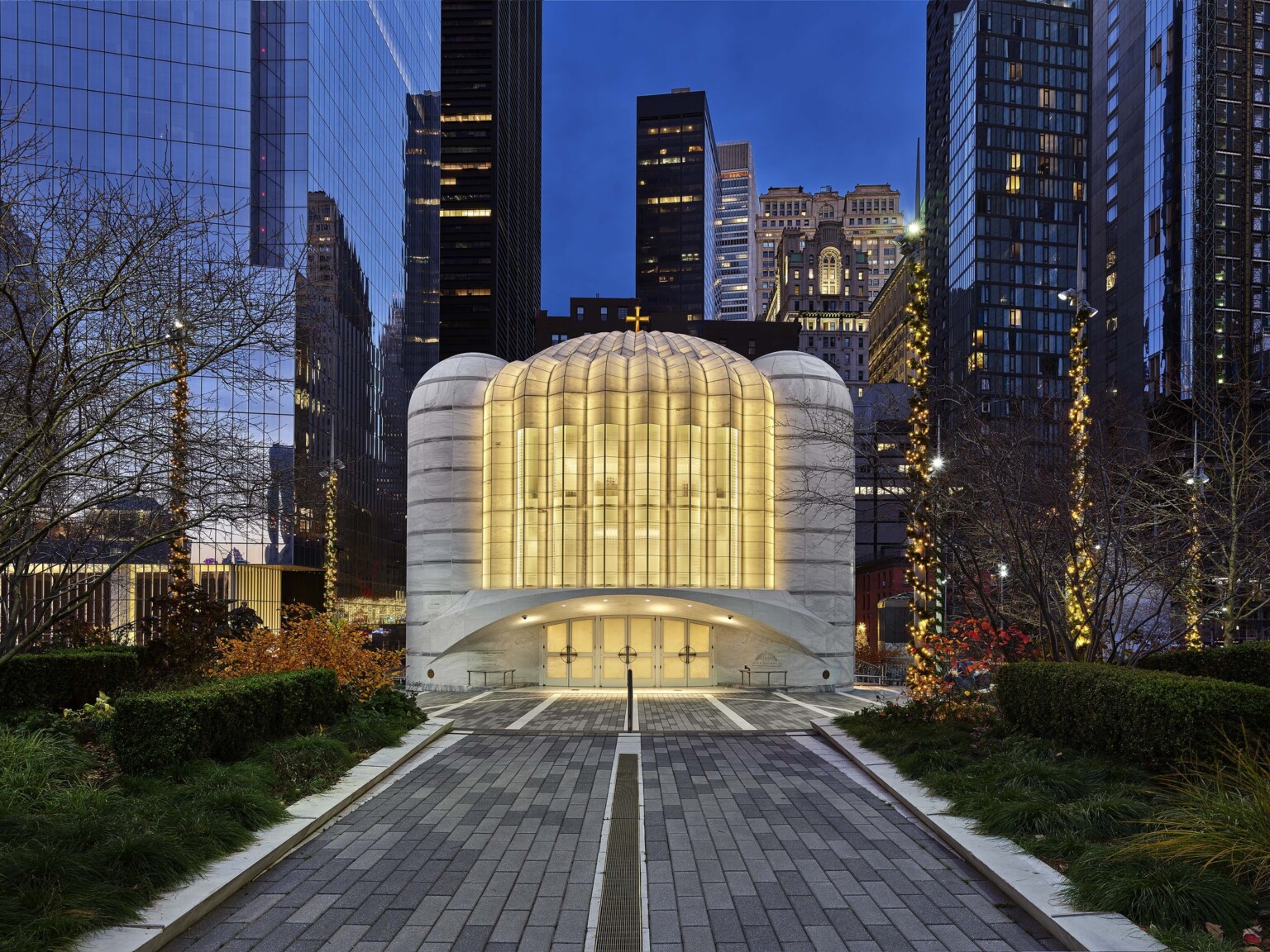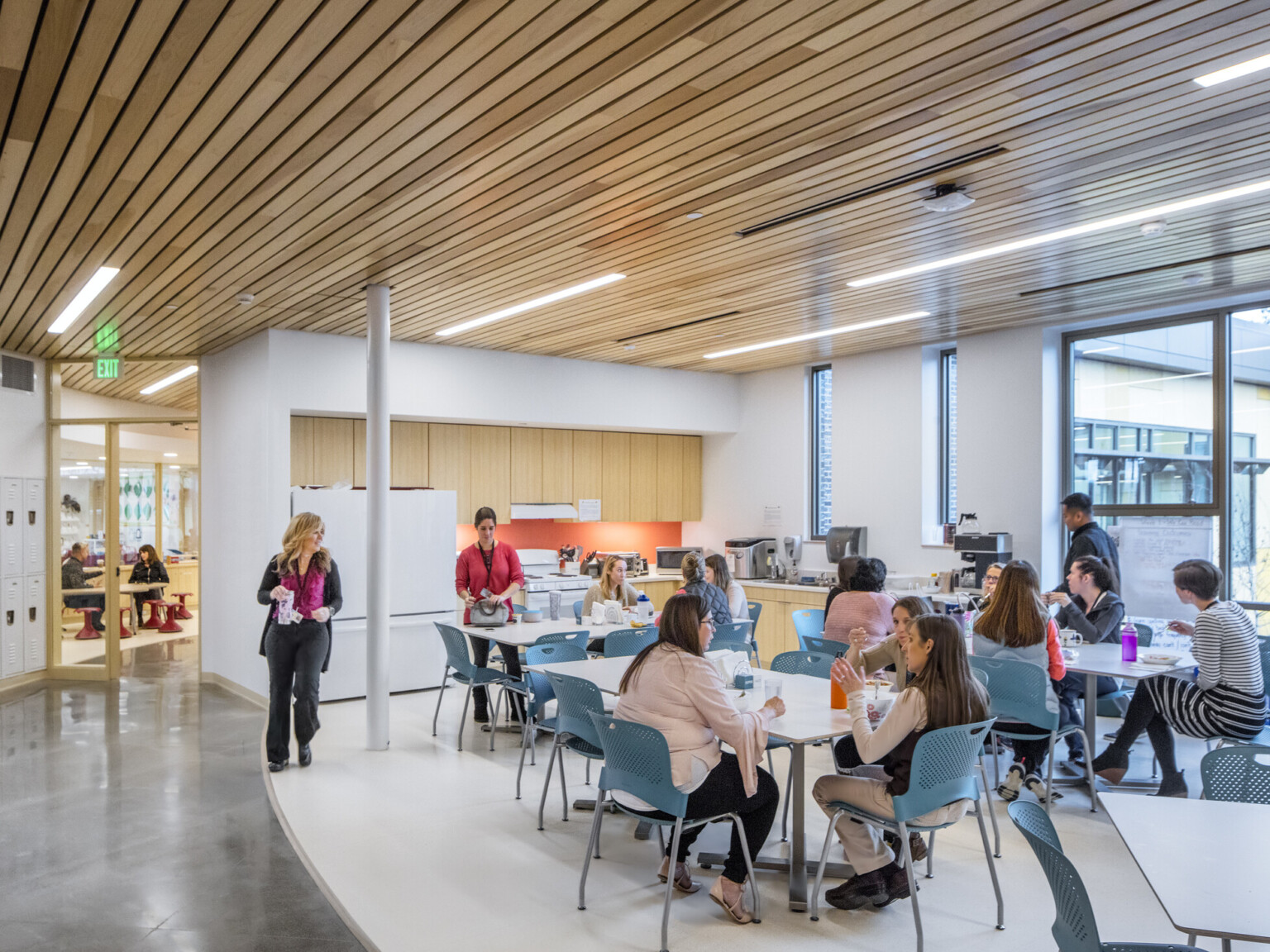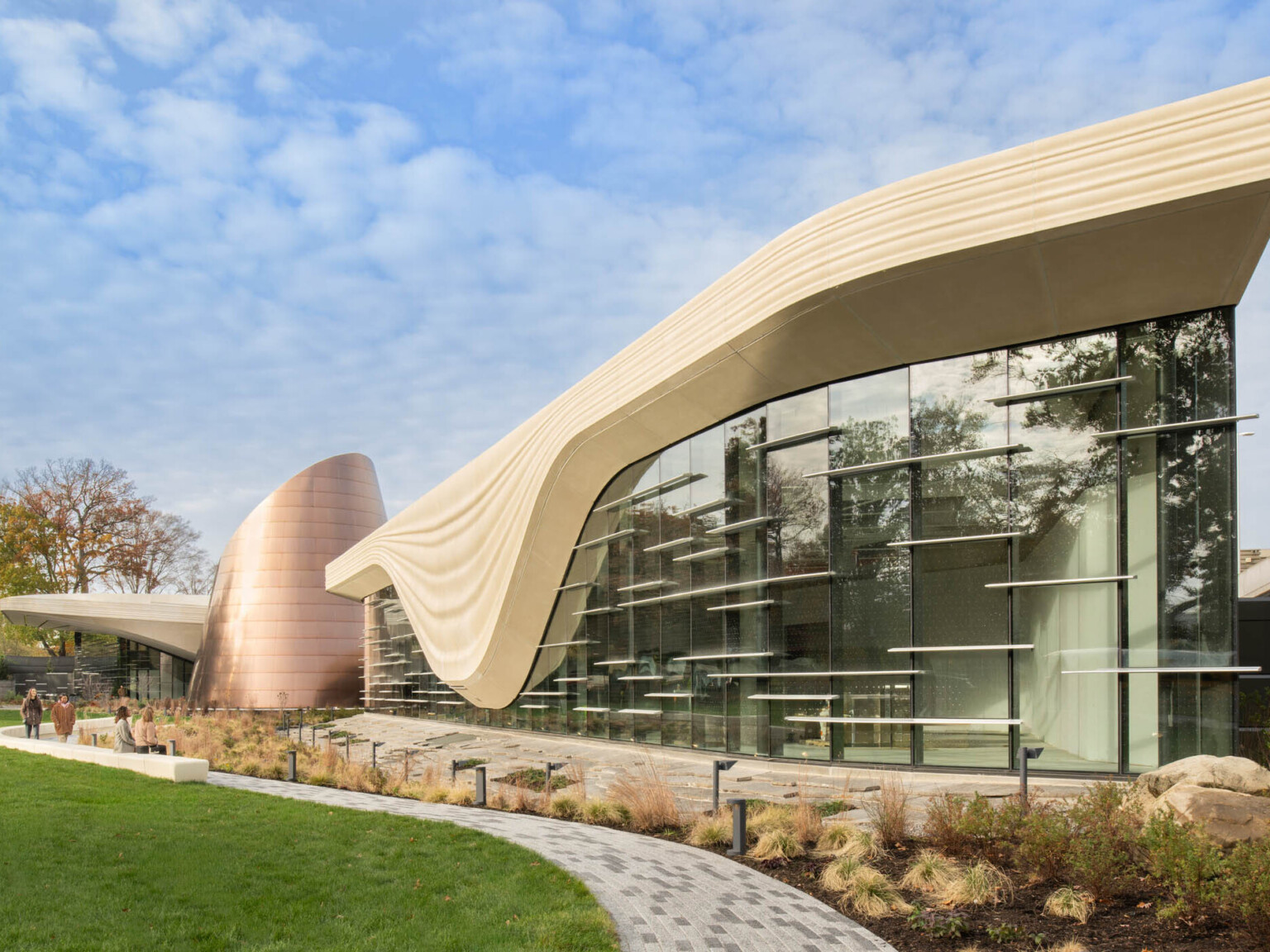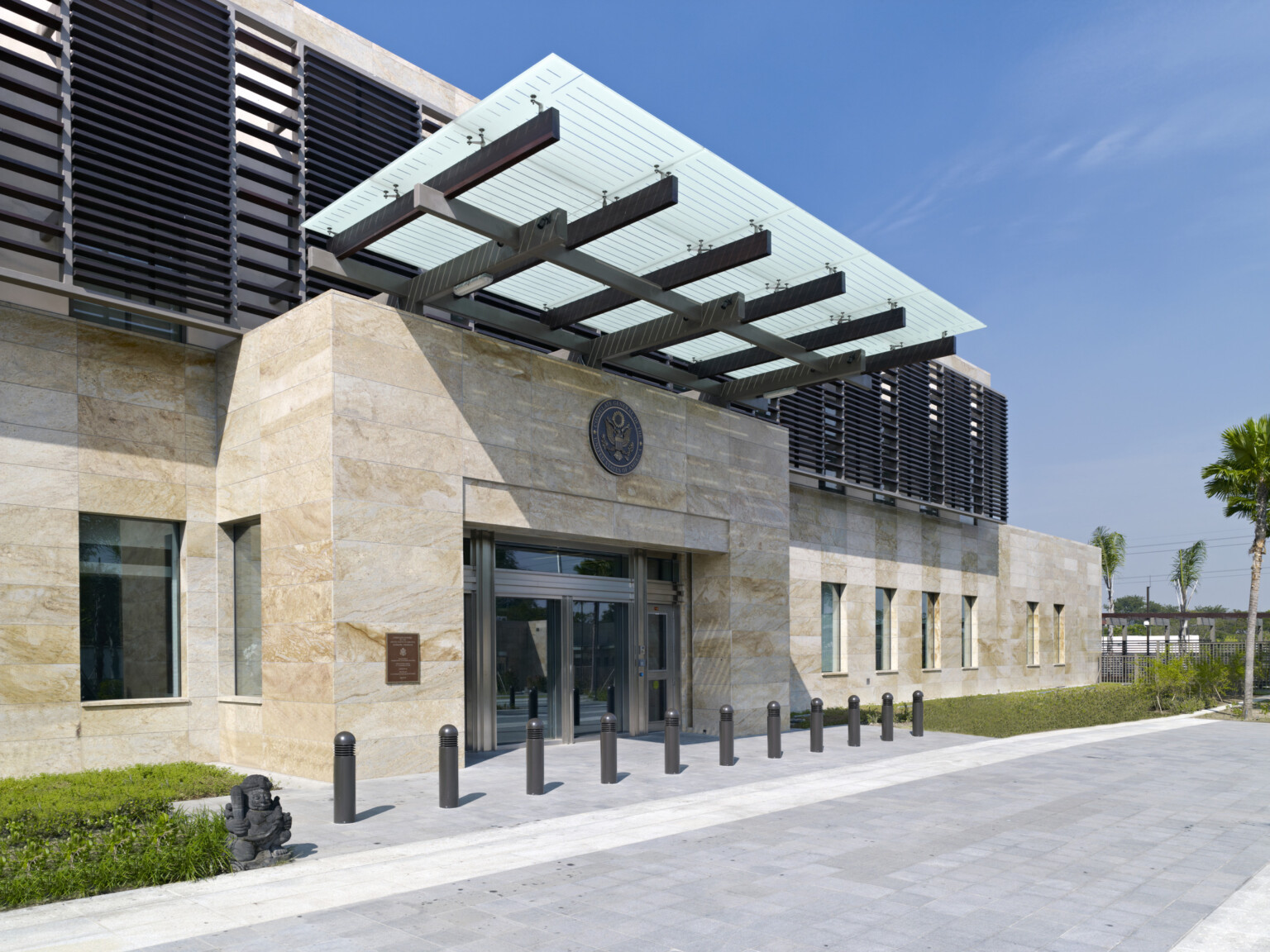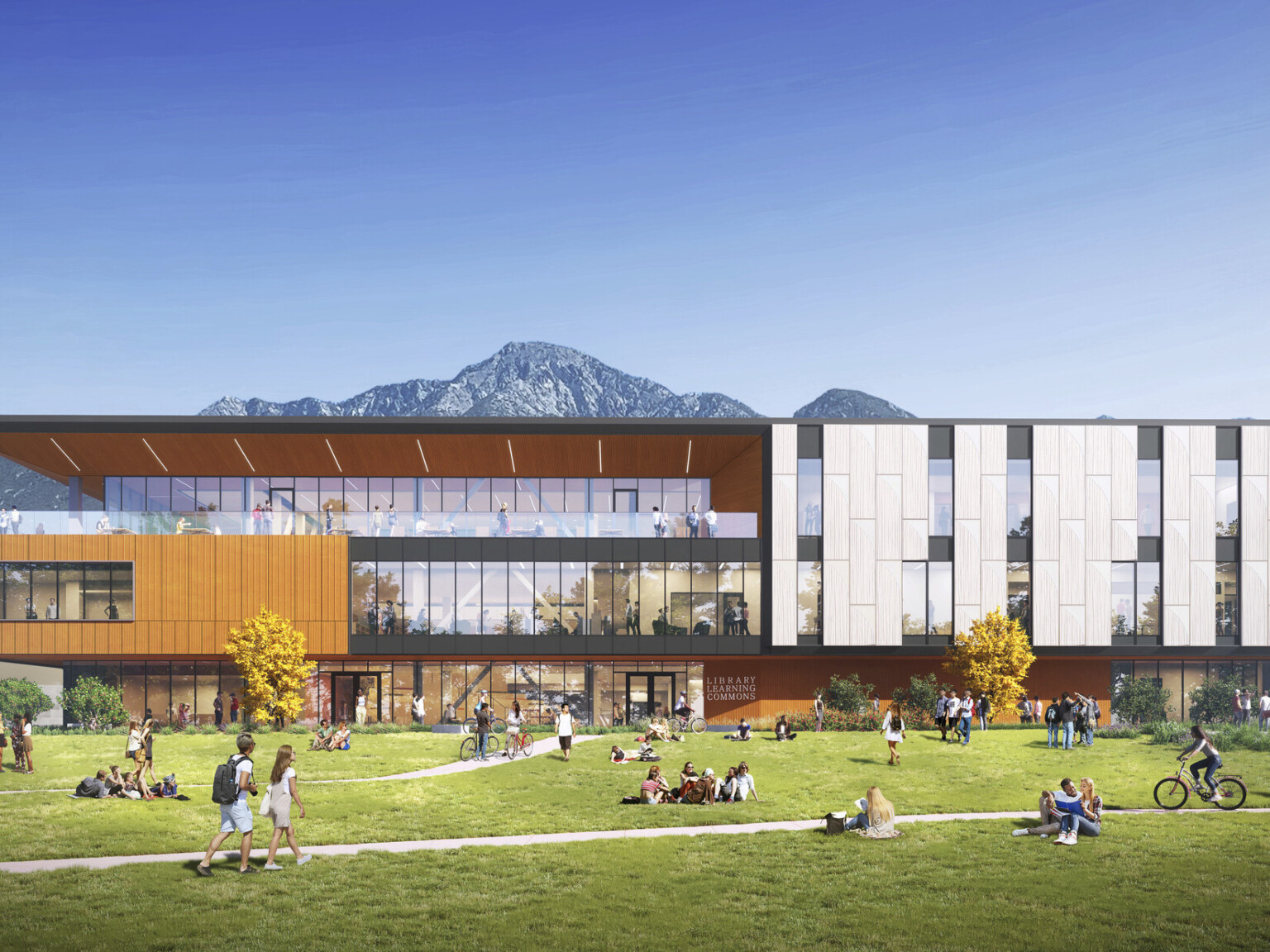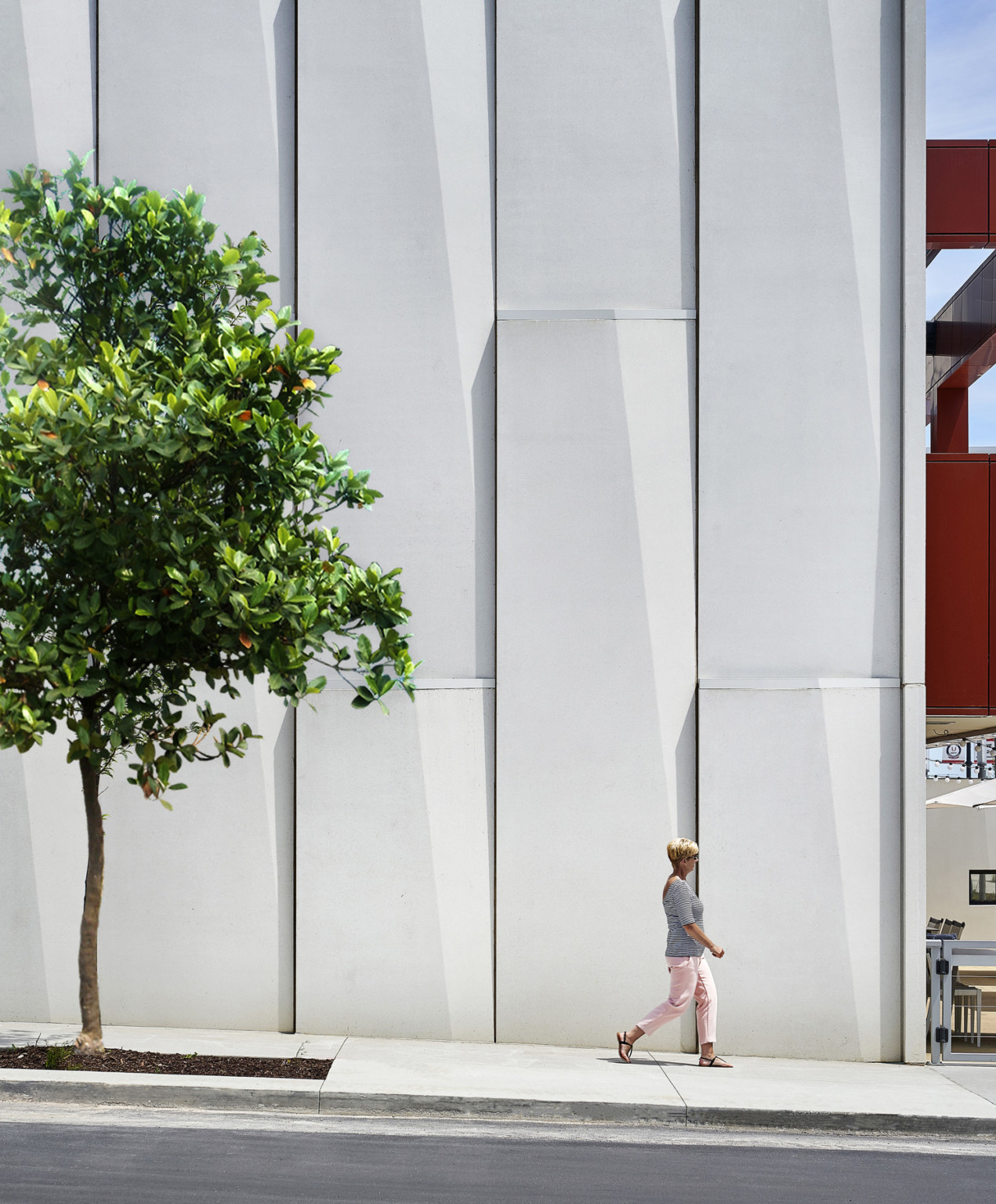
Building Community: Architectural Placemaking in Hospitality Experiences
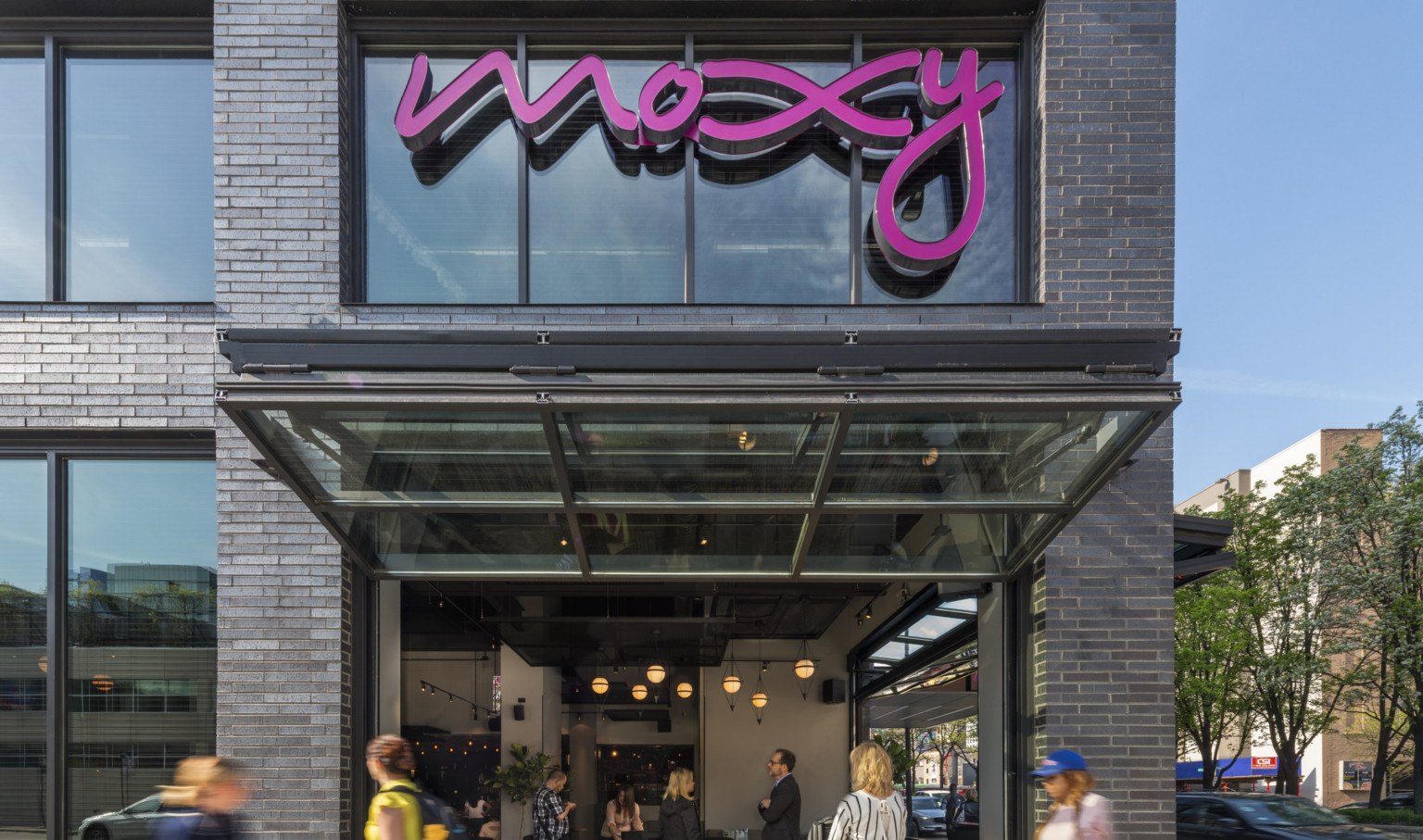
Invigorating Neighborhoods
At the beginning of design, we immerse ourselves in the community to design as a “nice neighbor.” Contextual clues are gleaned from both the physical vernacular and the more intangible cultural zeitgeist. Architecturally, relationships are built with surrounding buildings through studied geometries, scale, and materiality. Partnerships with local artisans and fabricators underscore a friendly residential character: here is a place for comfort and connection, a place where you belong. Direct inside-outside connections, as seen at the Moxy Chicago above, position a hotel as part of the community, erasing the boundary between guest and neighbor.
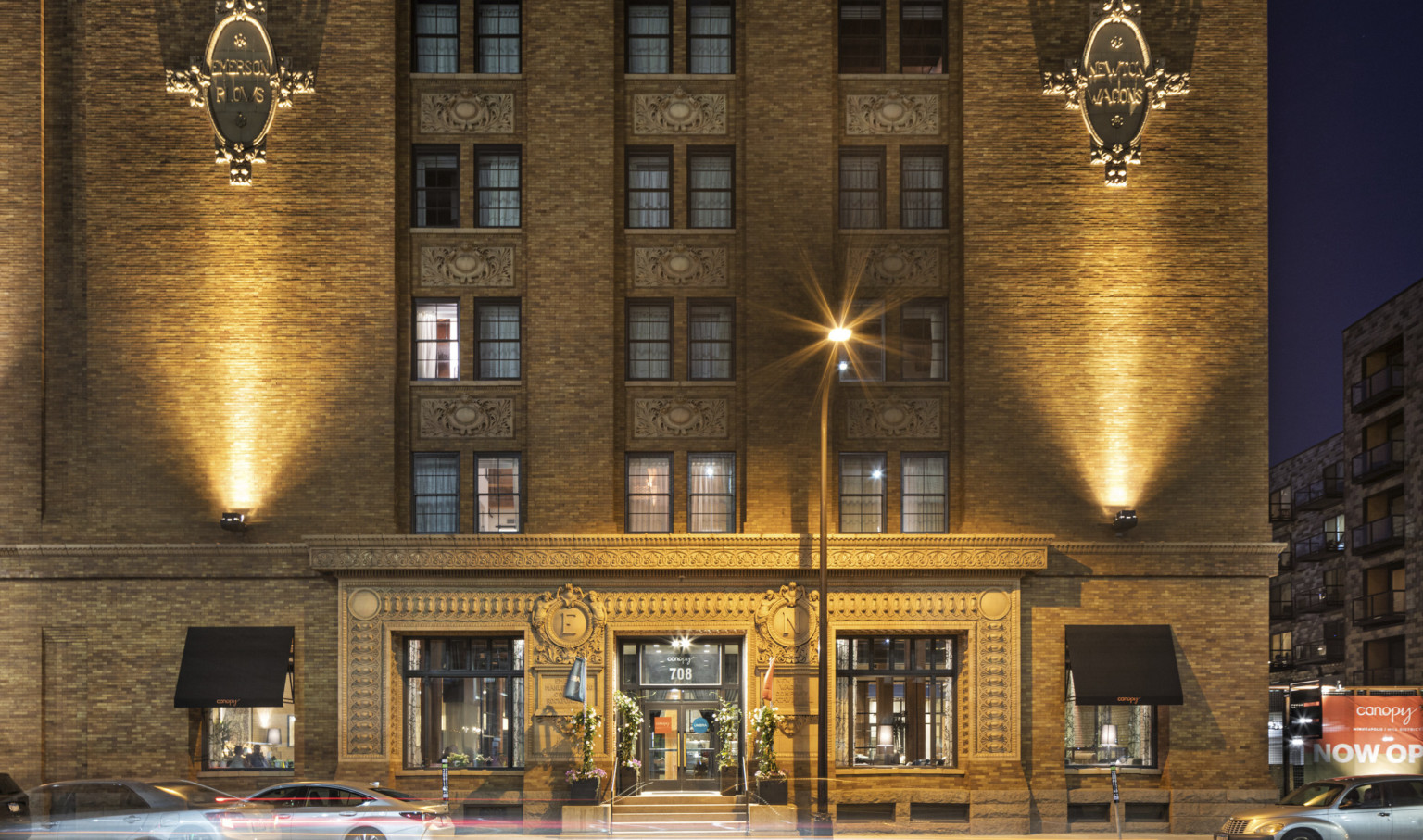
Bridging Past and Future
Sustainable cities breathe new life into neglected old buildings. We don’t just save old buildings; we help reimagine them and, through the transformation process, invigorate neighborhoods. Character-driven properties appeal to heritage-minded travelers and to passionate locals with pride of place. Environmental stewardship in an urban environment often relies on ingenuity and adaptation. For hotel developers, leveraging historic tax credits for rehabilitation can unlock a host of benefits, but must be paired with creative and flexible design. This preserves the historic integrity of legacy buildings while adapting them for new hotel developments.
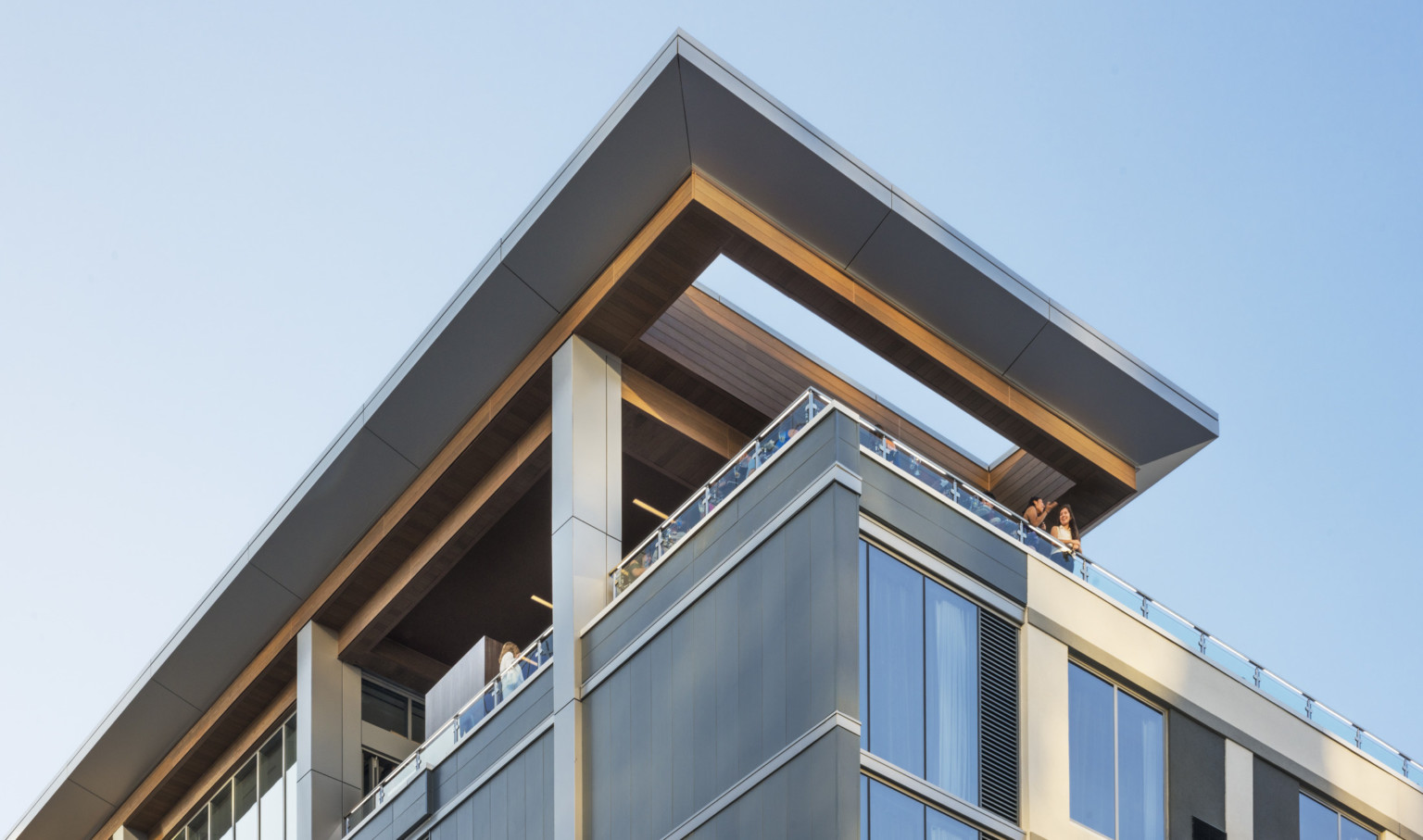
Sparking Curiosity and Discovery
From the streetscape, an inviting sense of warmth is caught in glimpses, building drama. Curiosity is rewarded with hints of what goes on inside, lending a feeling of exclusive discovery. A hotel’s exterior should play with opacity and transparency, with the allure of mystery. This signals activity to community and drawing in passerby. From the front door, the first impression feathers outwards and upwards: the procession of arrival has begun. Bold lighting and sound establish character. The familiarity of a welcoming, residentially scaled portal softens the edges. We call this the building’s “handshake” – memorable and defining. Discovery also happens when new vantage points are introduced, such as the popular sky lobby and roof deck overlooking the bustle of downtown Raleigh at the AC Hotel pictured above.

